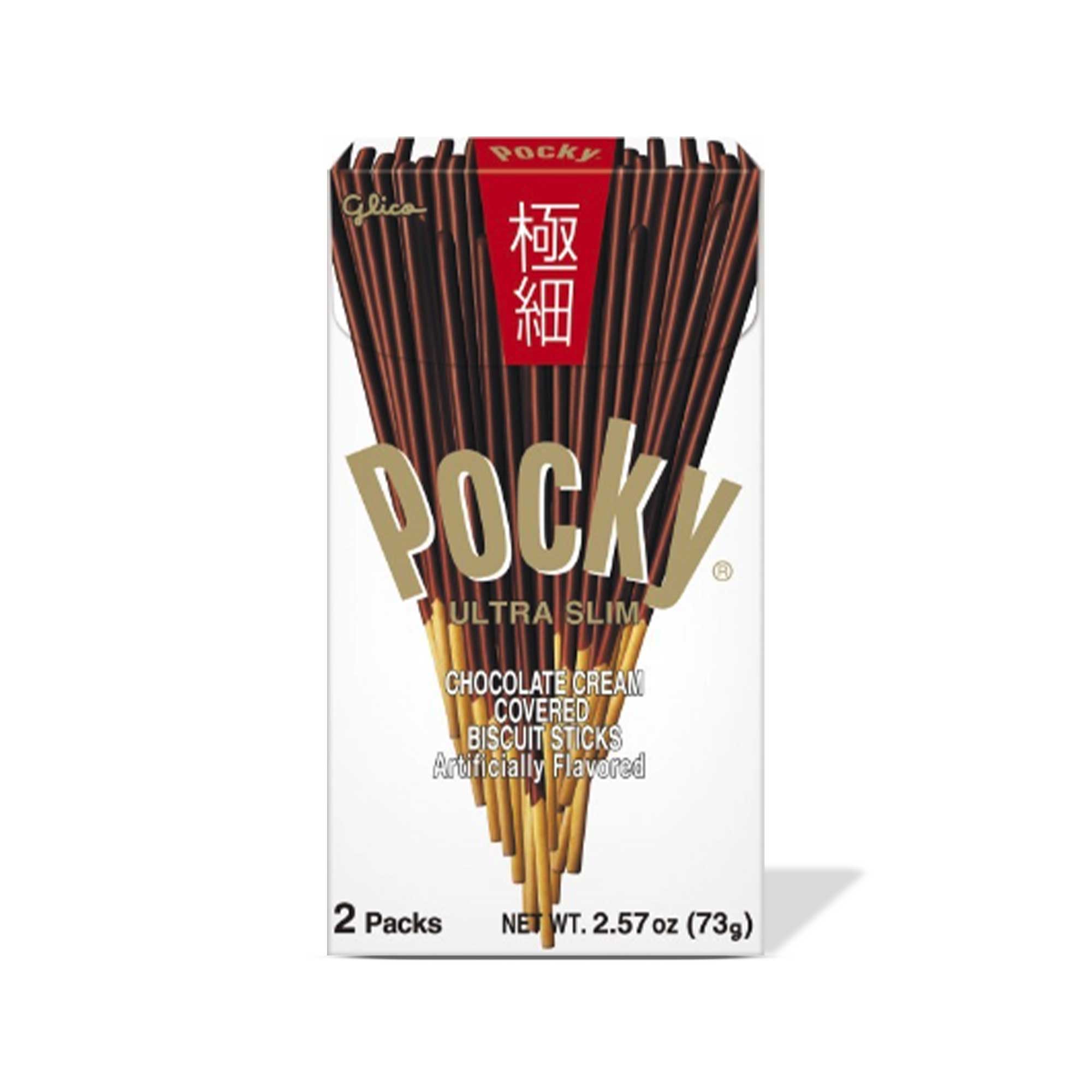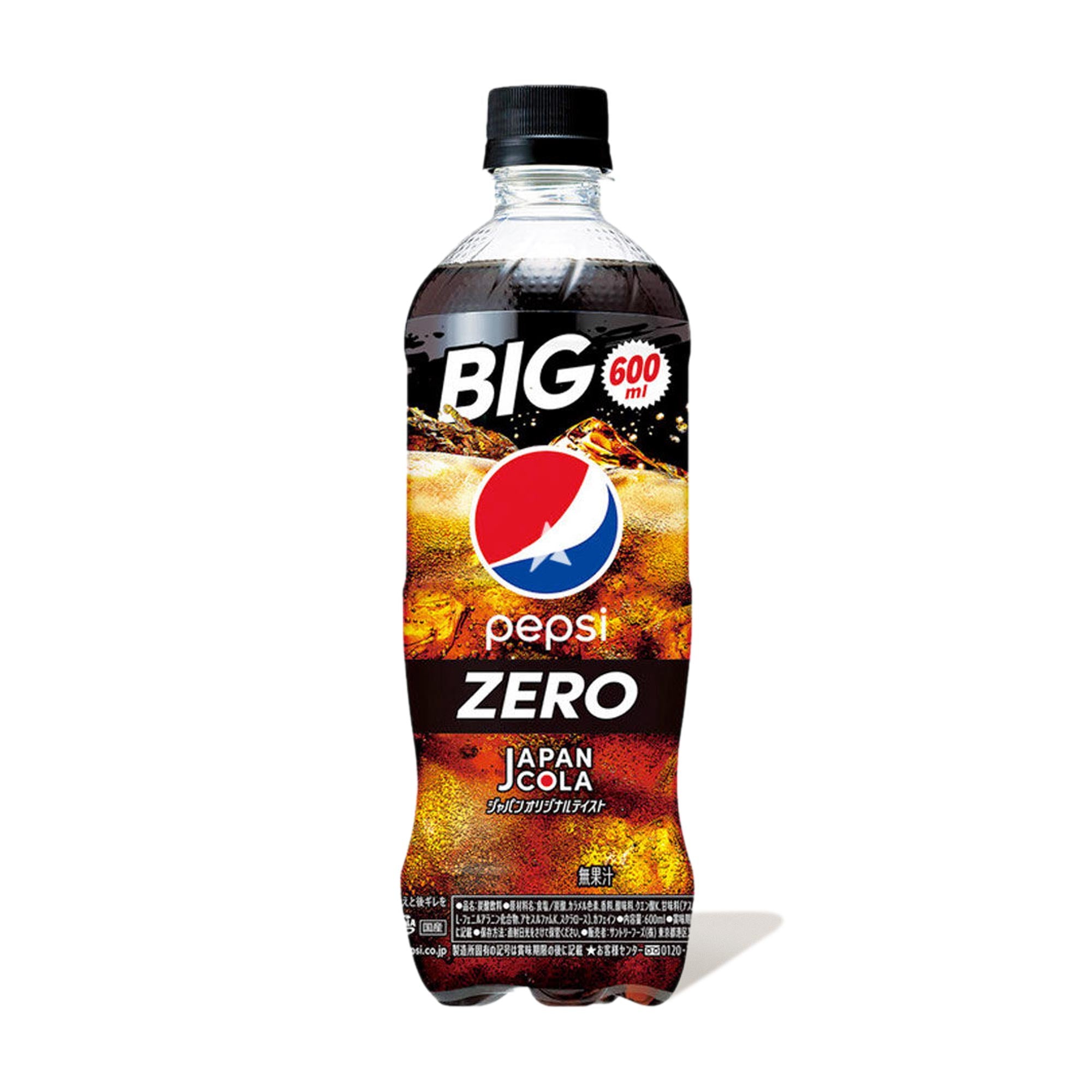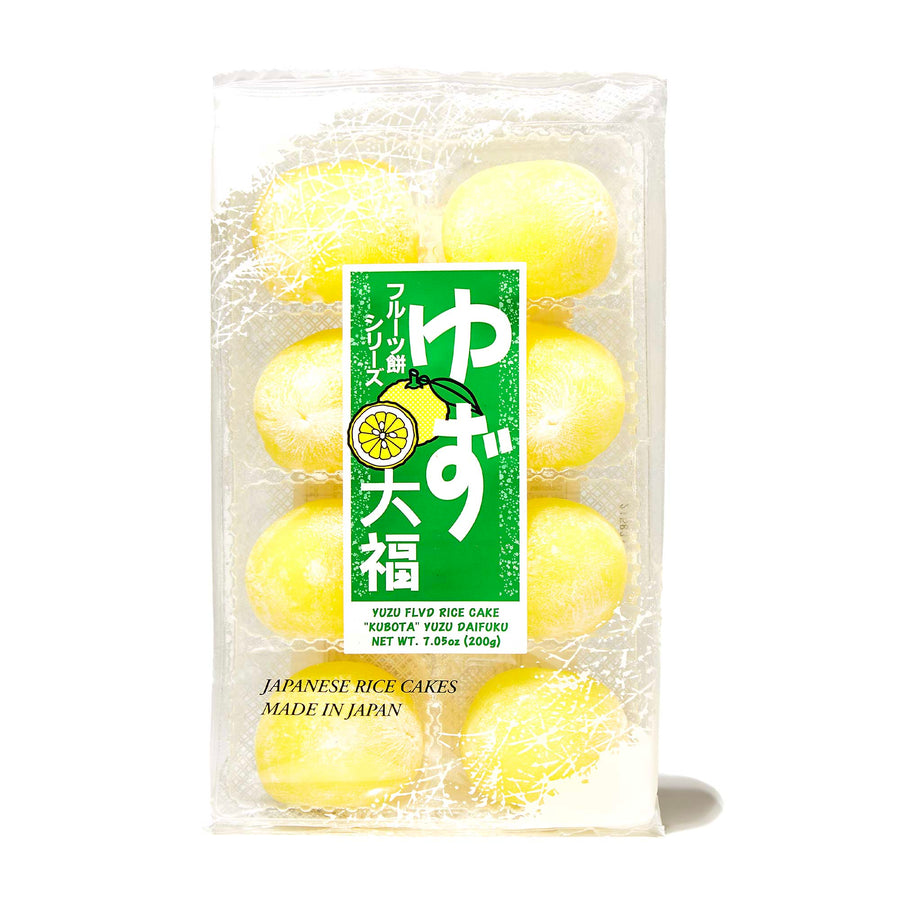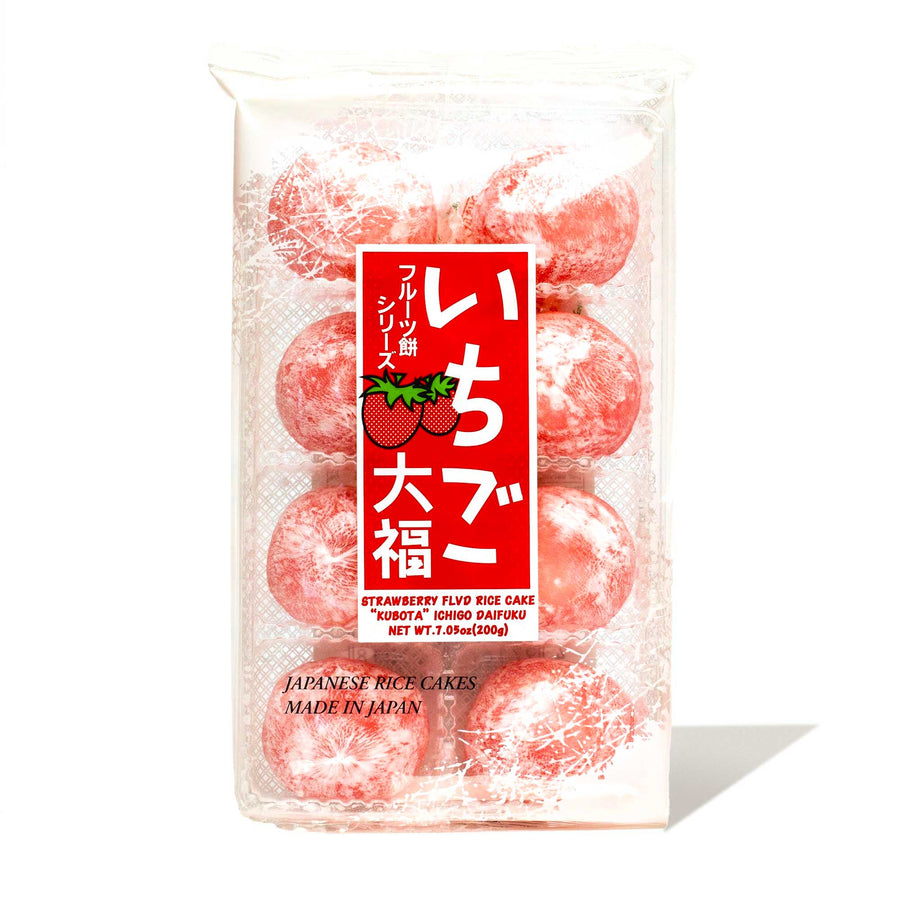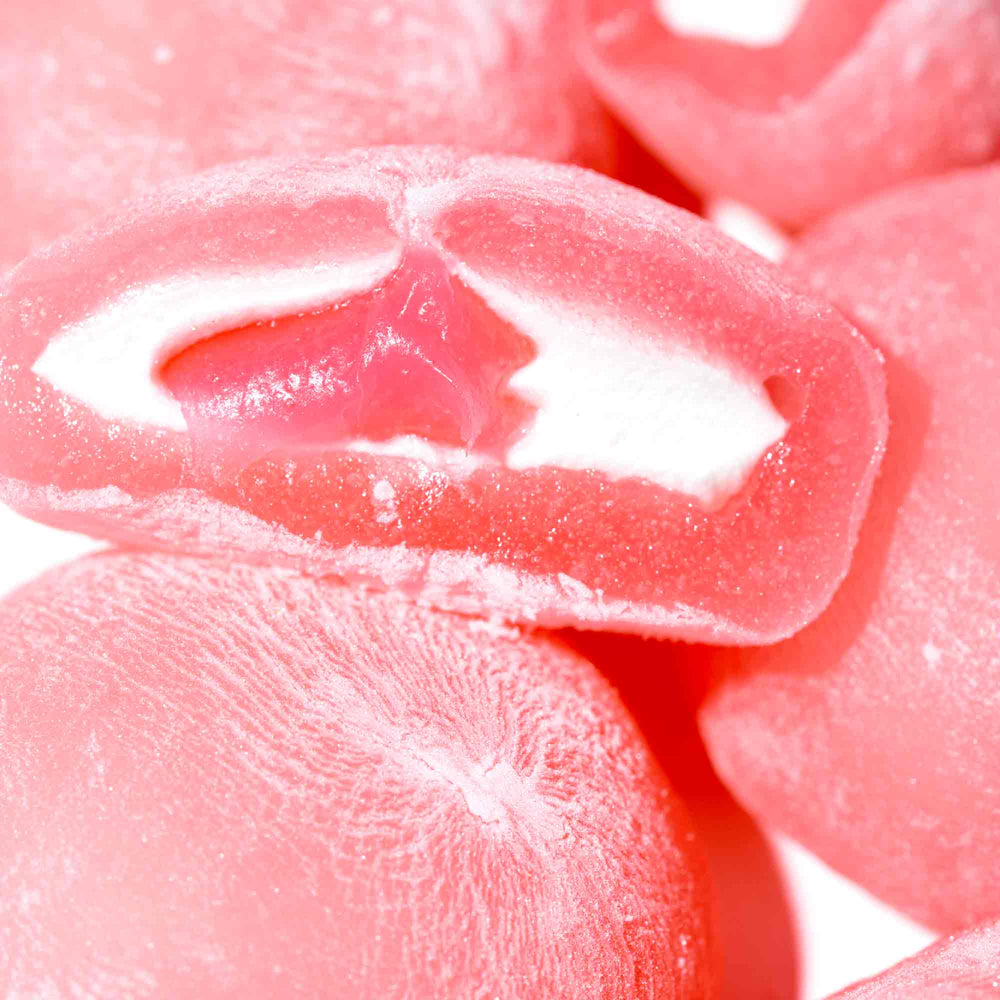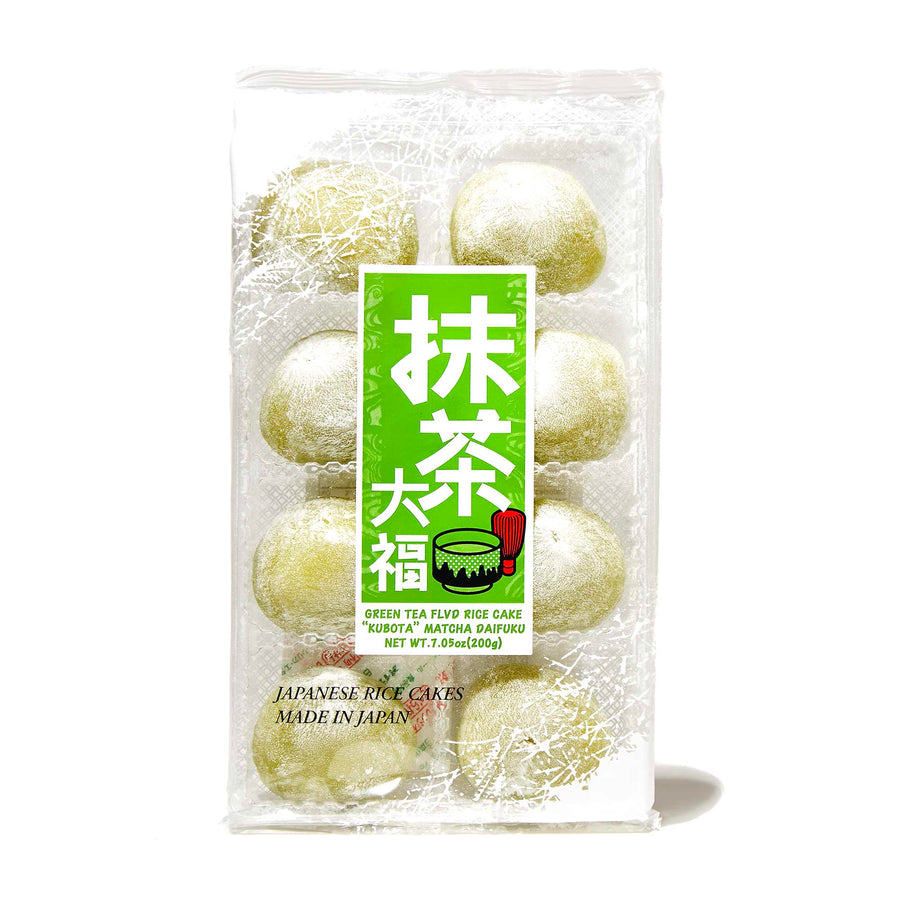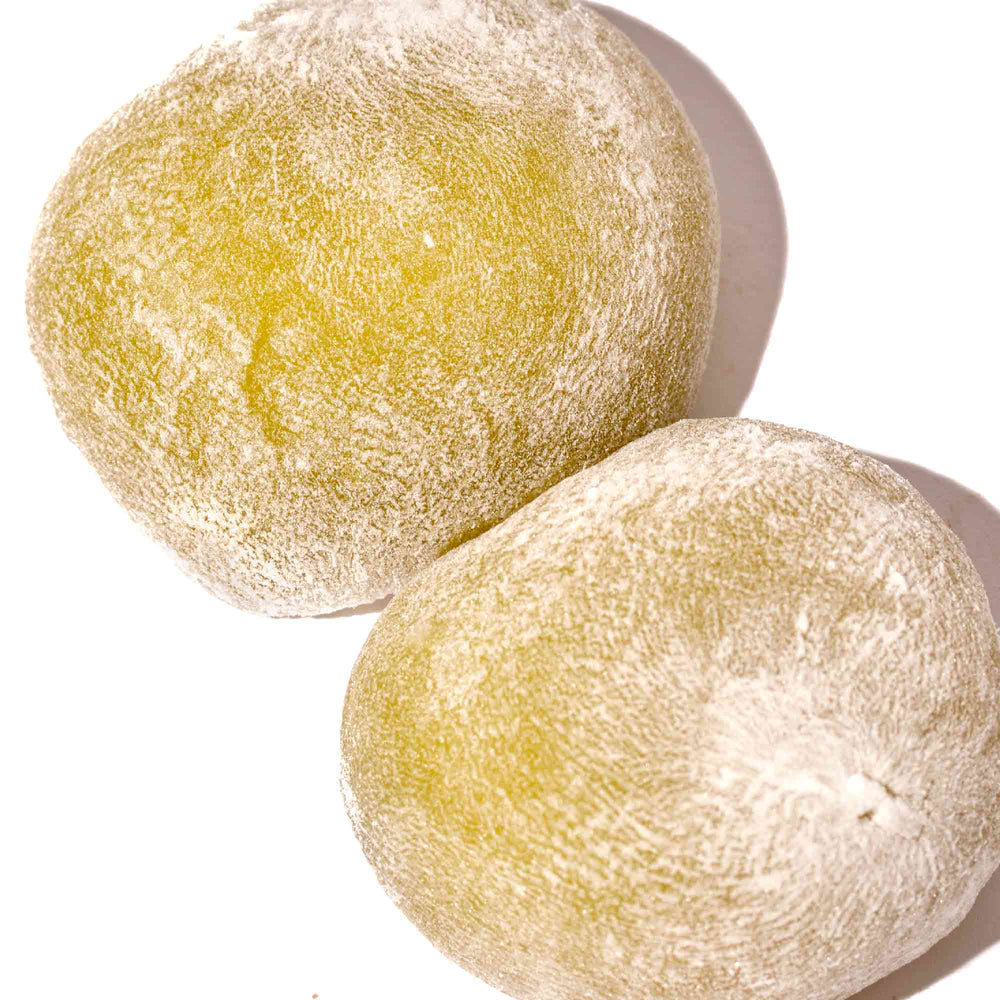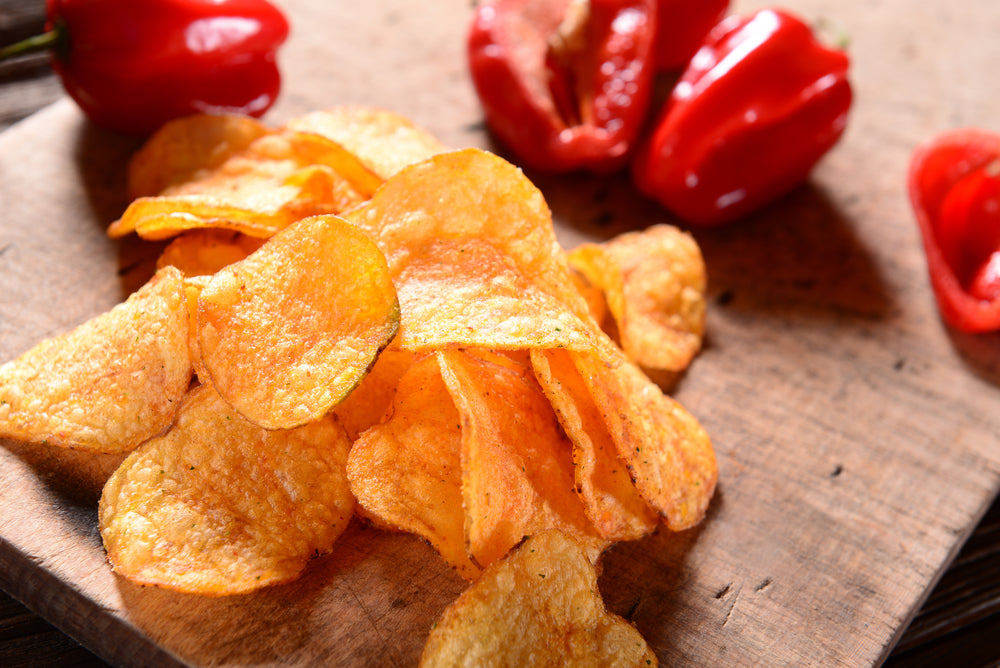Daifuku: The Delicate Art of Japanese Mochi Treats
If you enjoy traditional Japanese treats, you’ll love daifuku. It’s the perfect combination of Japan’s most popular dessert ingredients.
Daifuku: A Sweet Japanese Tradition

Daifuku or daifuku mochi, as it’s sometimes called, is a Japanese confection made of a round ball of mochi filled with sweet ingredients, especially red bean paste (anko). It’s basically a stuffed rice cake and a type of wagashi, making it one of the most popular tea-time snacks in Japan. Modern daifuku can come in different shapes and colors.
Throughout this post, you’ll learn more about the components, variations, fillings, and preparation methods of daifuku. But before we proceed, you need to understand its massive cultural significance in Japanese cuisine.
The original version was called Habutai mochi (belly thick rice cake) before it was renamed daifuku mochi. The name “daifuku mochi” was used to mean “big belly rice cake” due to the swelling that occurred after stuffing mochi (rice cake) with filling. “Dai” meant "large,” and “fuku” meant “belly.” However, people soon realized that “fuku” was also the Japanese word for “luck.” A play on words would cause daifuku mochi to translate to “big luck rice cake.”
The Japanese became drawn towards the later meaning, and soon the snack gained recognition as a food that brought good luck. It also became a big part of celebrations at various festivals and ceremonies, especially the New Year. The 18th century saw daifuku gain even more popularity. Households started toasting the treats and sharing them as gifts during major ceremonies.
There are no limitations on the type of ingredient used as filling. With all of these variations, it’s important to know what the basics are and what components hold the true essence of daifuku mochi.
The Basics of Daifuku Mochi
There are two major components of any type of daifuku. These are the mochi and the filling. As long as you have a body of mochi encompassing dessert filling, you have daifuku. Let's take a look at these two components.
Mochi
Mochi is a Japanese rice cake made from a type of glutinous rice flour called mochigome. It may also include other ingredients such as sugar, cornstarch, potato starch, and water. If you want to make mochi with a more vibrant appearance, you can tint it with matcha (green tea powder) or add other forms of coloring. Rice cake is the main component for making a variety of traditional Japanese desserts, such as mochi ice cream, agemochi, and daifuku.
Japanese culture recognizes mochi as a “food of the gods” associated with good fortune and joyful marriage. There’s an entire cultural event dedicated to mochi-making called mochitsuki. Although modern mochi-making methods have become common, mochitsuki is still practiced in the rural areas of Japan.
Fillings
Many Japanese desserts have fillings in their core. They help add mass to the snack while offering extra flavors. Most fillings used with mochi are sweet and bean-based. Below are the common types of ingredients used as fillings for mochi:
-
Sweet red bean paste (anko)
-
White bean paste (shiro an)
-
Black sesame paste
-
Custard
-
Fresh fruits
-
Almond paste
-
Ice cream
-
Cheesecake
-
Mung bean paste
The most common mochi filling is sweet red bean paste or anko. We’ll reveal how to make mochi dough and anko for your daifuku later in this post.
Key Ingredients for Perfect Daifuku
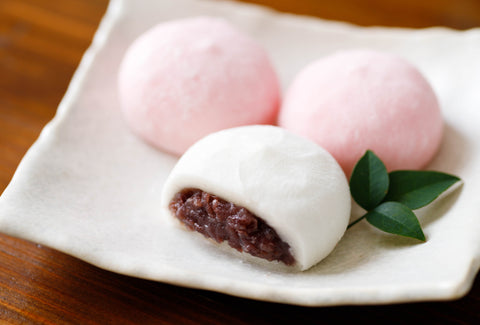
Now that you understand the components of daifuku, you’re well on your way to making the perfect snack. The next step is to get your ingredients ready. To make mochi dough, you need to get the right type of rice flour, which is glutinous rice. No other flour will produce the desired results so be careful when shopping. For the filling, we recommend red bean paste. It’s sweet, easy to prepare, and readily available.
Glutinous Rice Flour vs. Regular Rice Flour
Mochi dough should have a stretchy texture, and this is only possible if it’s made with glutinous rice flour, not regular rice flour. We understand that it may be difficult to tell the difference, so here’s a quick guide to keep you from making a mistake.
Firstly, most brands will boldly label their packages as containing “glutinous rice” or “sweet rice.” But if you don’t have access to the package or don’t trust the brand, there is another sign to look out for: their consistency. Take a little bit of both flours and put them in two separate cups. Mix each with a little water and place them in the microwave for 1-2 minutes. Regular rice flour will produce a cake-like paste, while glutinous rice flour will create a sticky mixture.
The Sweetheart of Daifuku: Red Bean Paste Filling
If you want to make your anko (sweet red bean paste) from scratch, you need to shop for azuki beans. Some stores label these with the alternate names: adzuki beans, red beans, or red mung beans. The azuki bean is a great source of fiber and a good antioxidant.
The beans are boiled with sugar and mashed to form a paste. Sugar is left out if the aim is to create an unsweetened paste. In Japan, traditional sweetened red bean paste comes in various textures and tastes. They are mostly used as sweet filling and ingredients for snacks or sweets.
Preparing the Mochi Dough
It’s time to get practical with the daifuku-making process, starting off with the mochi dough preparation. Here’s what you need to begin:
-
A cup of glutinous rice flour
-
One-quarter cup of sugar
-
A cup of water
-
Half a cup of potato starch (recommended but optional)
-
A teaspoon of matcha or green tea powder (optional)
The Role of Potato Starch in Mochi Making
You may have noticed that we recommended potato starch as one of the ingredients for making mochi. Some people use cornstarch instead, which works well too. However, potato starch has a sweeter taste. Dusting your work surface with potato starch before rolling the rice flour will prevent sticking. You want to get as much mochi as you can from the flour without it sticking to the surface.
You can sprinkle a little extra starch on your finished mochi before placing it on a paper liner. Potato starch also gives mochi a natural, sweet flavor and crunchy texture, ideal for desserts like mochi.
Mixing and Steaming: Crafting the Mochi Dough
After gathering all of the ingredients, follow the steps below to make the delicious dough. Please note that before you begin this process, your red bean paste should have already been in the freezer for about an hour.
-
Mix the glutinous rice flour with matcha or any other food coloring in a heat-proof bowl.
-
Add water and sugar to the bowl.
-
Stir continuously until the mixture becomes smooth.
-
Cover with plastic wrap and place in the microwave. Alternatively, you can position a steamer insert in a pot of boiling water and place the bowl on it.
-
Let it cook for three and a half minutes if you’re using a microwave or let it simmer for 20 minutes if you're using a steamer. (Start preparing the balls of anko filling here.)
-
Remove the bowl and pour its contents into a pot set on a stove.
-
Low-heat and stir for 15–30 seconds.
Your mochi dough is ready. Now it’s time to add the filling.
Filling and Shaping Daifuku

Making the filling for daifuku requires timing and patience. There are several options, but for simplicity, we’ll only include a guide for red bean paste filling. Let’s dive in:
Creating the Red Bean Paste Filling
You can buy red bean paste or anko as a finished product from stores. However, we recommend the homemade version because it's easier to customize the taste and texture to your needs.
All you need to make red bean paste from scratch is raw azuki beans, sugar, and water. We'll guide you on how to make two versions of sweet red bean paste: chunky (tsubuan) or smooth (koshian).
Steps to make chunky anko:
-
Put azuki beans and water in a pot, making sure the water covers the beans.
-
Place the pot on the stove and allow the contents to boil.
-
After boiling, turn off the heat, remove excess water, and let the beans simmer for 60 to 90 minutes. Check to see if the beans are soft enough to crush.
-
Add sugar to taste. You can also add butter if you like.
-
Use a masher or the bottom of a clean jar to mash the beans to your satisfaction.
-
Turn on the heat once more and let the beans cook while you stir until they reach your preferred consistency. Avoid burning the beans!
Steps to make smooth anko:
-
Put azuki beans and water in a pot, making sure the water covers the beans.
-
Place the pot on the stove and allow the contents to boil.
-
After boiling, turn off the heat and pass the beans through a sieve (fine mesh). This will remove the skins from the beans.
-
Pour the skinless beans into a bowl and add water.
-
After 30 minutes, remove the water and replace it with fresh water. Remove that too after 15 minutes and replace it with a clean batch. This time, only wait for 5 minutes before removing it. The aim is to get the water as clear as possible.
-
Pour the mashed beans into a cotton cloth and strain away the excess water.
-
Pour strained beans into a pot.
-
Add sugar and salt to taste.
Don’t forget to wrap your chunky or smooth red bean paste in aluminum foil and place it in the freezer one hour before making mochi.
Shaping Your Daifuku: Techniques and Tips
Earlier, we suggested that the ideal time to prepare the filling is while your mochi is still in the microwave or steamer. The preparation process is quite easy. Simply remove the anko from your freezer, divide it into equal portions, and roll each portion into a ball. Set the balls aside until your mochi dough is ready.
It’s time to fill the mochi. The first thing to do is dust your work surface with potato starch. Next, pour two tablespoons of the hot mochi dough on the surface and roll until it forms a ball. Press down on the mochi to flatten it. Take a ball of anko and place it on the flattened mochi. And now for the final step: press and shape the mochi around the anko ball. Repeat the process for all of the balls, and your delicious daifuku will be ready to serve. Read on to discover the best ways to serve this snack.
Variations of Daifuku
The above recipe teaches how to make simple daifuku. However, there are lots of variations to try.
Strawberry Daifuku: A Seasonal Favorite

This is called ichigo daifuku in Japan. It combines fresh strawberries and red bean paste to make a more delicious filling for mochi. Note that strawberries are freshest in Japan from January to March.
If you don’t have access to fresh Japanese strawberries or lack the time to prepare the treat, feel free to order strawberry daifuku mochi from Bokksu Market. You can also try other fruit flavors, like orange daifuku and yuzu daifuku.
Big Belly Rice Cake: Exploring Daifuku Varieties
Let’s look at other daifuku variations and their unique fillings:
-
Plum Daifuku: Coat plum with anko before adding to mochi as filling.
-
Shio Daifuku: It contains lightly salted anko.
-
Coffee Daifuku: Flavor anko with coffee beans and use as filling.
-
Matcha Daifuku: Use matcha-flavored fresh cream as filling and sprinkle matcha powder on the daifuku before serving.
-
Toasted Daifuku: Toast the daifuku after making them into balls.
Serving and Storing Daifuku
Presentation Tips for Daifuku
The best time to serve daifuku is immediately after it’s ready. You can serve it as a standalone treat or paired with other foods. Remember to brush it off with a pastry brush and serve on a paper liner or plate.
If you have guests coming over, we recommend that you pair daifuku with beverages such as tea or coffee, fresh fruits, or ice cream.
Storing Daifuku: Keeping Them Fresh
Can’t eat daifuku immediately? It will last for a day or two at room temperature if you leave it in an airtight container. However, for long-lasting storage, place each daifuku on a piece of wax paper, then put them in a pan and place the pan in the freezer. After each one has been frozen, put it in a freezer bag. Your daifuku could last for several months when frozen this way.
Daifuku in Modern Cuisine
Innovative Daifuku Creations
Like any ancient treasure, the modernization of daifuku has become common in the 21st century. Expert reimagination by modern chefs is what drives these innovations. You may have heard of or even eaten some of these creations without knowing you were enjoying daifuku.
Mochi ice cream is a perfect example. American and Japanese cultures combine to create a treat that’s basically daifuku reimagined as ice cream. You can find different flavors from a variety of brands.
Purin daifuku is another exciting take on the dish. You can find this with creamy custard fillings. Many chefs smear caramel sauce around the outer mochi layer.
Pairing Daifuku with Tea: A Traditional Approach
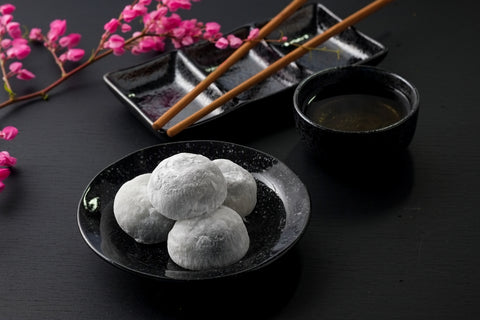
Let’s take a quick look at the best teas to complement the sweetness of daifuku. We interviewed hundreds of people in Japan to find out their favorite traditional tea to pair with daifuku. Opinions varied, no doubt, but our research revealed two clear winners: matcha (green tea) and red (rooibos) tea.
The Enduring Popularity of Daifuku
Why do people in Japan and beyond love daifuku enough to get so creative with the dessert? We can tell you that it involves a lot more than just the sweet taste and chewy texture. For one, it’s easy to make. Even if you’re an absolute beginner in the kitchen, you can make simple, tasty daifuku using our guide. Bokksu Market can also deliver premium red bean daifuku mochi to your door!
Another key reason for the snack’s popularity is its deep link to Japanese traditions. Many Japanese people still respect daifuku as a symbol of luck and good fortune in the new year. Whatever your reason for loving daifuku mochi, feel free to try new flavors until you find your next favorite!
Author Bio


